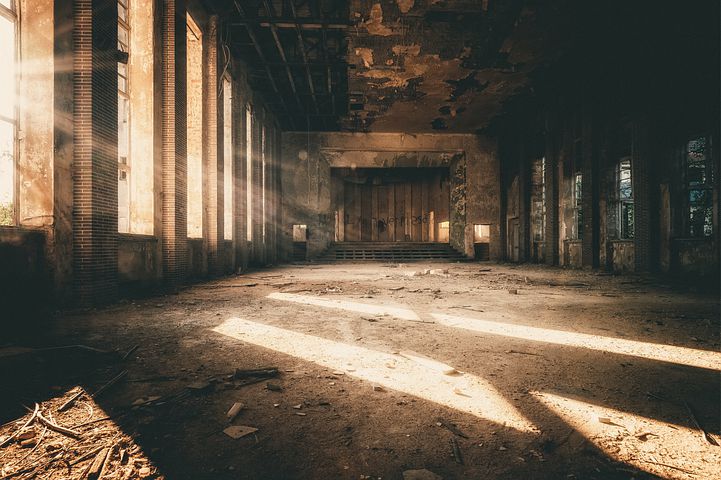If you have settled a claim recently were you made aware of the implications of a Section 18 valuation? For many, dilapidations simply mean repairs and the cost of doing the works. For a tenant, this is particularly important as it can limit your liability to a figure which, in some cases, can be significantly less than the cost of works. Please read an update from Nick Holman on Section 18 as well as the impact of COVID on delapidations and valuations.
DILAPIDATIONS – DID YOU SETTLE AT THE RIGHT FIGURE?
What is Section 18? It is a statutory provision which enables valuations to be prepared to assess the loss in value to the landlord’s interest in the property because of the repairs not being undertaken by the tenant. Two valuations are involved. The first is the value assuming the tenant had complied with his repairing obligations under the lease. It is important here to remember, it is the condition in which the lease required the tenant to hand back the property, not an assumption the whole property is in good condition. The second, is the value in the actual condition of the property at the end of the lease.
The difference between the two valuations is called the diminution in value. If the diminution is less than the cost to the landlord of doing the works, the landlord can only recover the lower figure.
The implications of a Section 18 valuation
If, as a tenant, you have settled a case in recent years and were not advised by your surveyor or solicitor to have a Section 18 valuation, then you may have grounds for action against them.
Your building surveyor must still negotiate the best position for you on the legitimate elements of the Schedule of Dilapidations. Then your valuer, working closely with your building surveyor, can undertake the Section 18 valuations.
Section 18 relates only to repairs. Decoration and reinstatement of alterations are frequently included in the Schedule but, technically fall as a separate claim. It is however generally accepted that assessing the loss to the landlord of these items is on the same basis as the approach under Section 18. They tend therefore to be considered under one set of valuations.
The valuer must consider whether there are items in the Schedule which do not impact on the property value. Pre COVID-19, assessing market value was a relatively straightforward process in identifying the issues and market sentiment. Today, we have uncertainty on values due to the pandemic. It is too soon to see the impact on market values but for any leases ending in 2020 or 2021 (possibly also in 2022), this will be of greater relevance to Section 18 valuations. There may well be property sectors where, even if the tenant had maintained the property correctly, the landlord would have a material problem in re-letting or selling or can do so only by offering concessionary terms. If so, it may be argued that part, or possibly the whole of the defects included in the Schedule of Dilapidations, even if remedied, would not enhance the value of the landlord’s interest. That will reduce the diminution in value under Section 18 valuations, to the benefit of the tenant. It will also increase the obligation on landlords to consider the Section 18 position at an early stage rather than pursue an unfounded claim for dilapidations.
So now is a time, more than ever, for the parties to ensure Section 18 valuations do feature in their consideration of the dilapidations liability.





